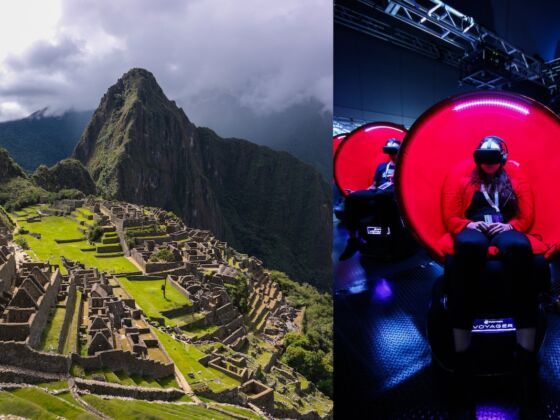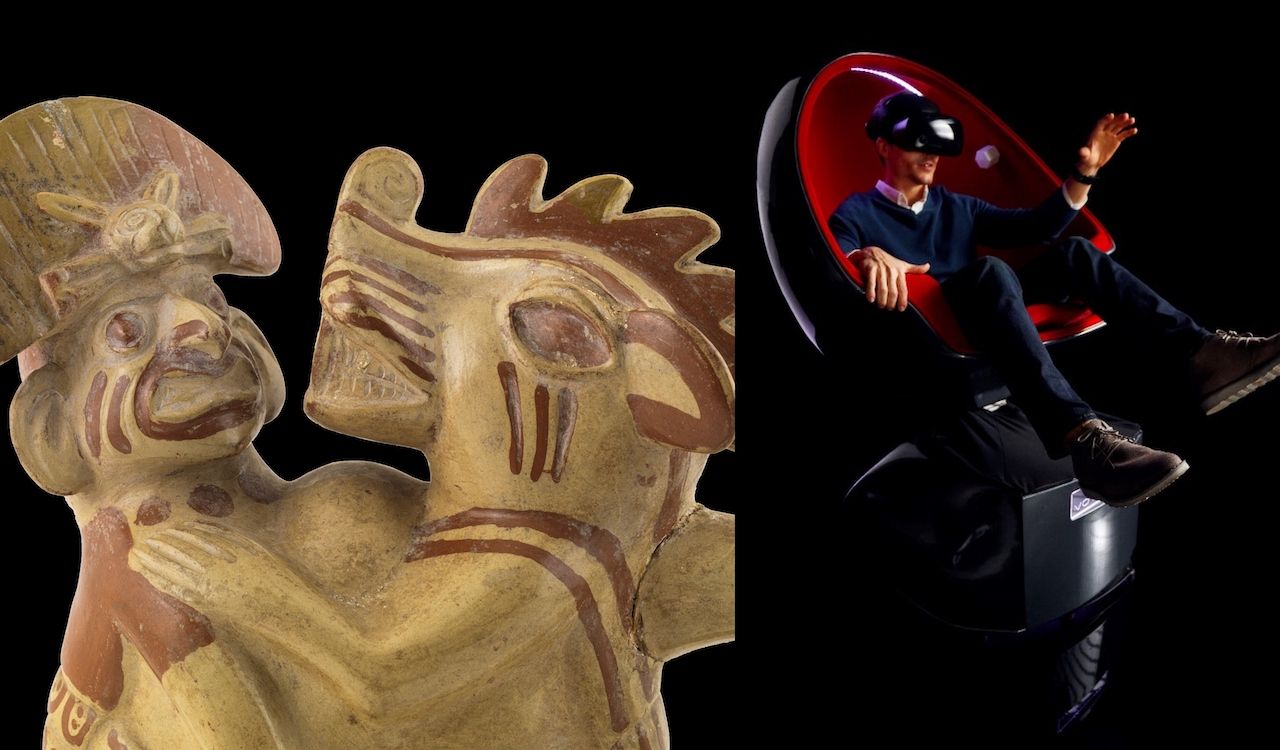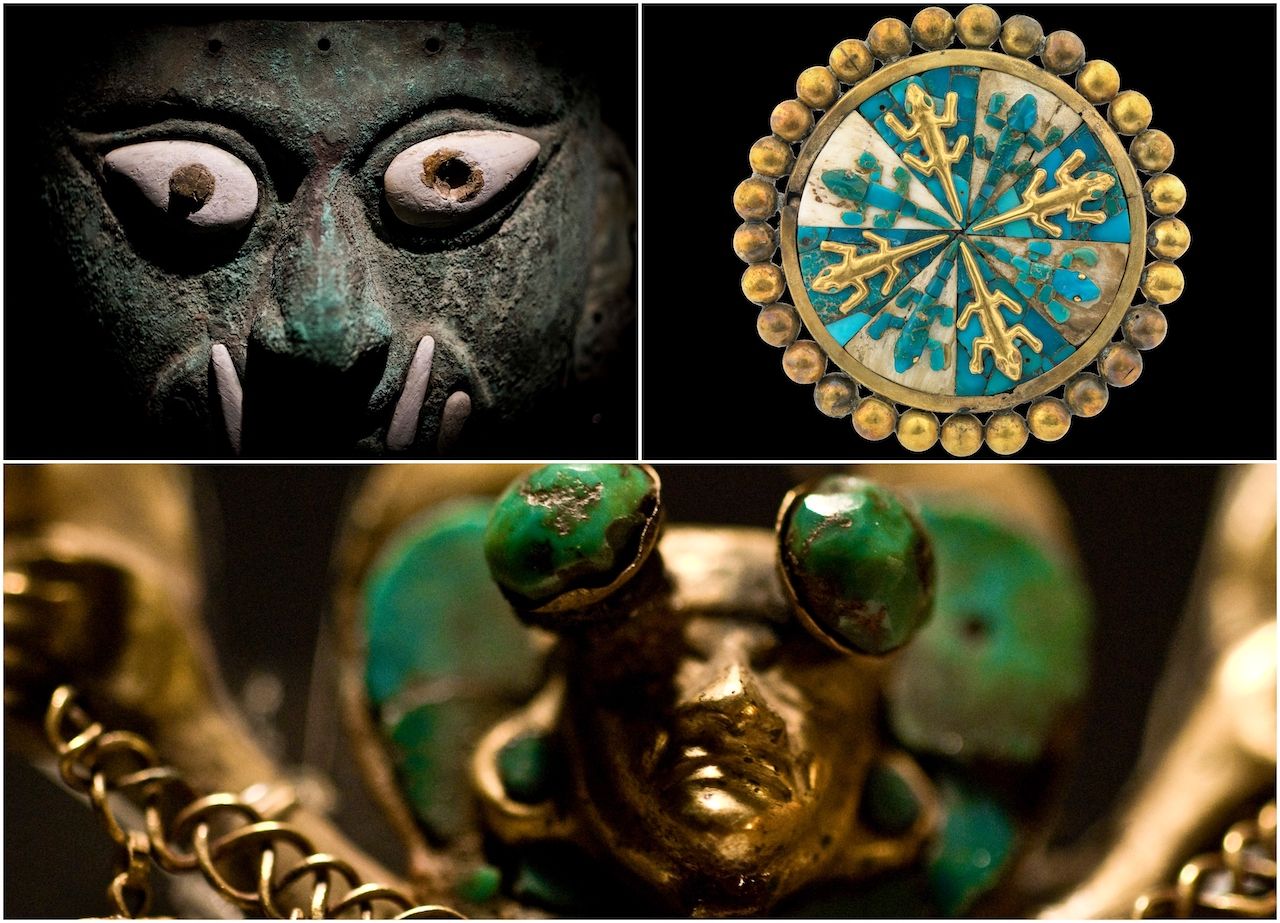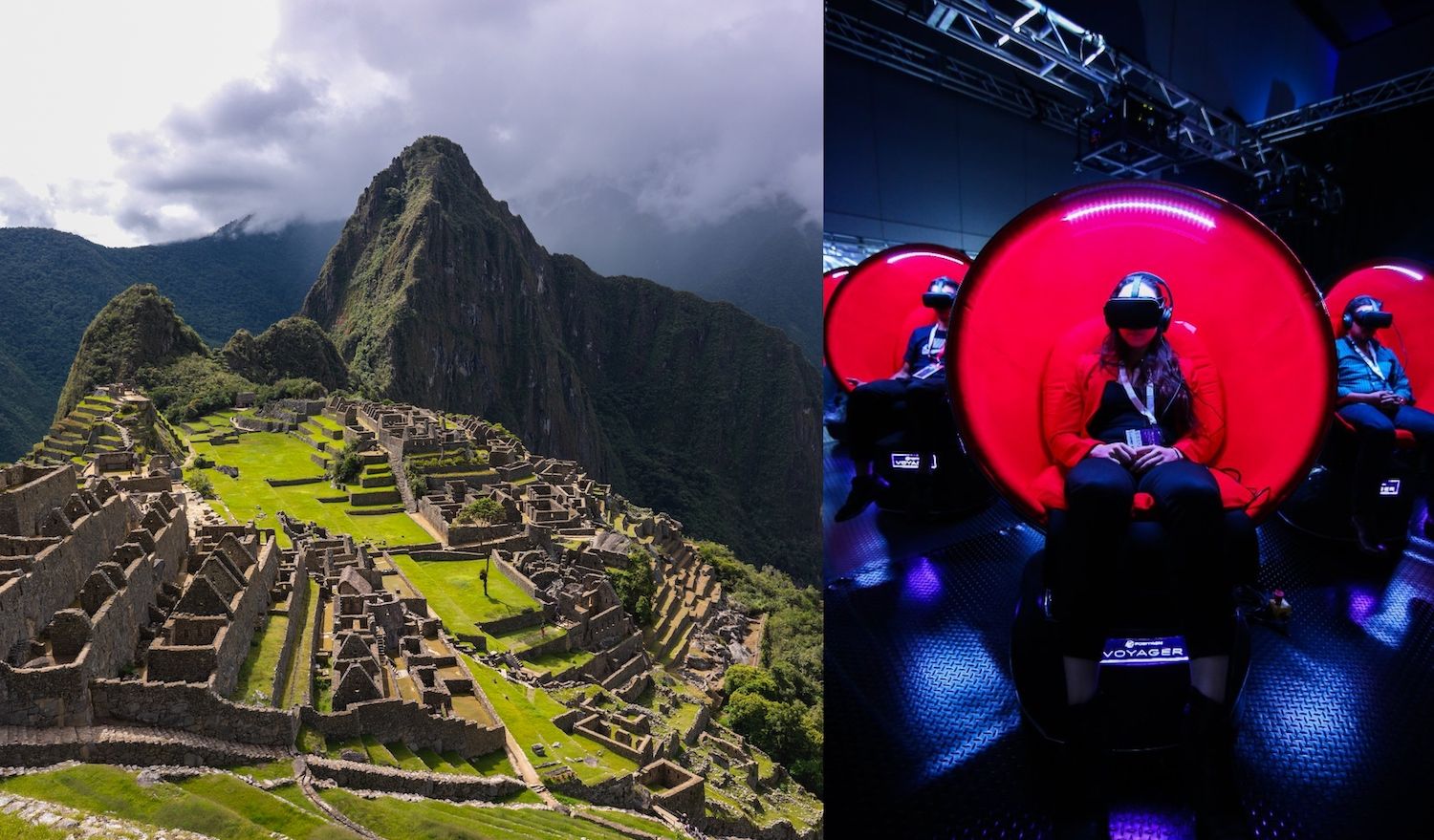Visiting Machu Picchu is one of life’s great travel experiences, but it’s not for the faint of heart. A trip to this city in the clouds involves thin air and a long, oxygen-sucking trek that’ll have you saying stuff like, “This would be a lot cooler if it was somewhere flat. Like Florida.”
Well, consider that wish granted. Kinda. A new traveling exhibit called Machu Picchu and the Golden Empires of Peru is bringing the ancient Inca citadel to the masses. The two-part program showcases nearly 200 artifacts and cultural lessons from Machu Picchu, and pairs it with a lifelike, virtual reality flying tour. It’s not meant to replace a trip to Peru, but does it even come close? We headed to the Boca Raton Museum of Art in Boca Raton, Florida — the first stop on the exhibition’s tour to see how it stacked up.



